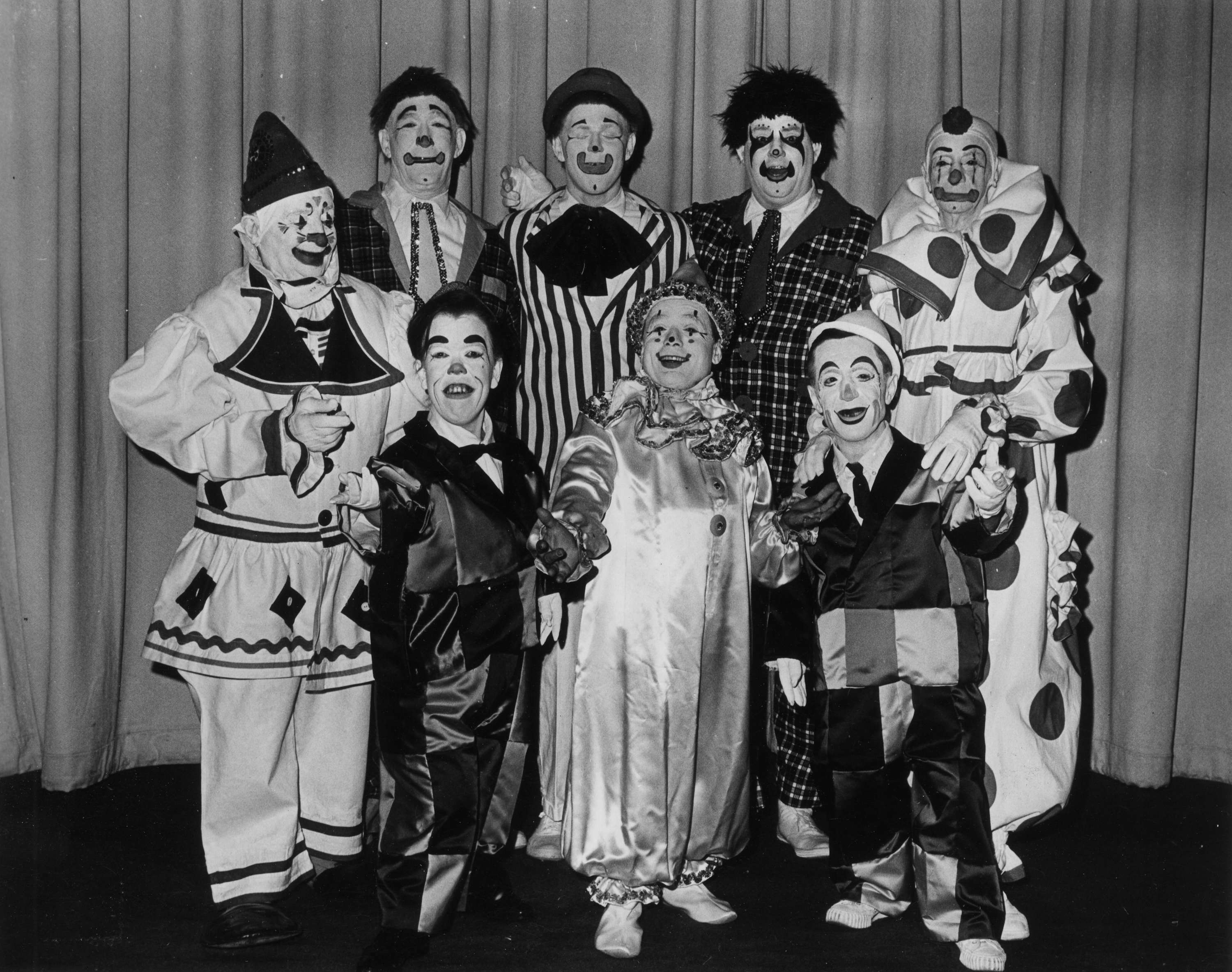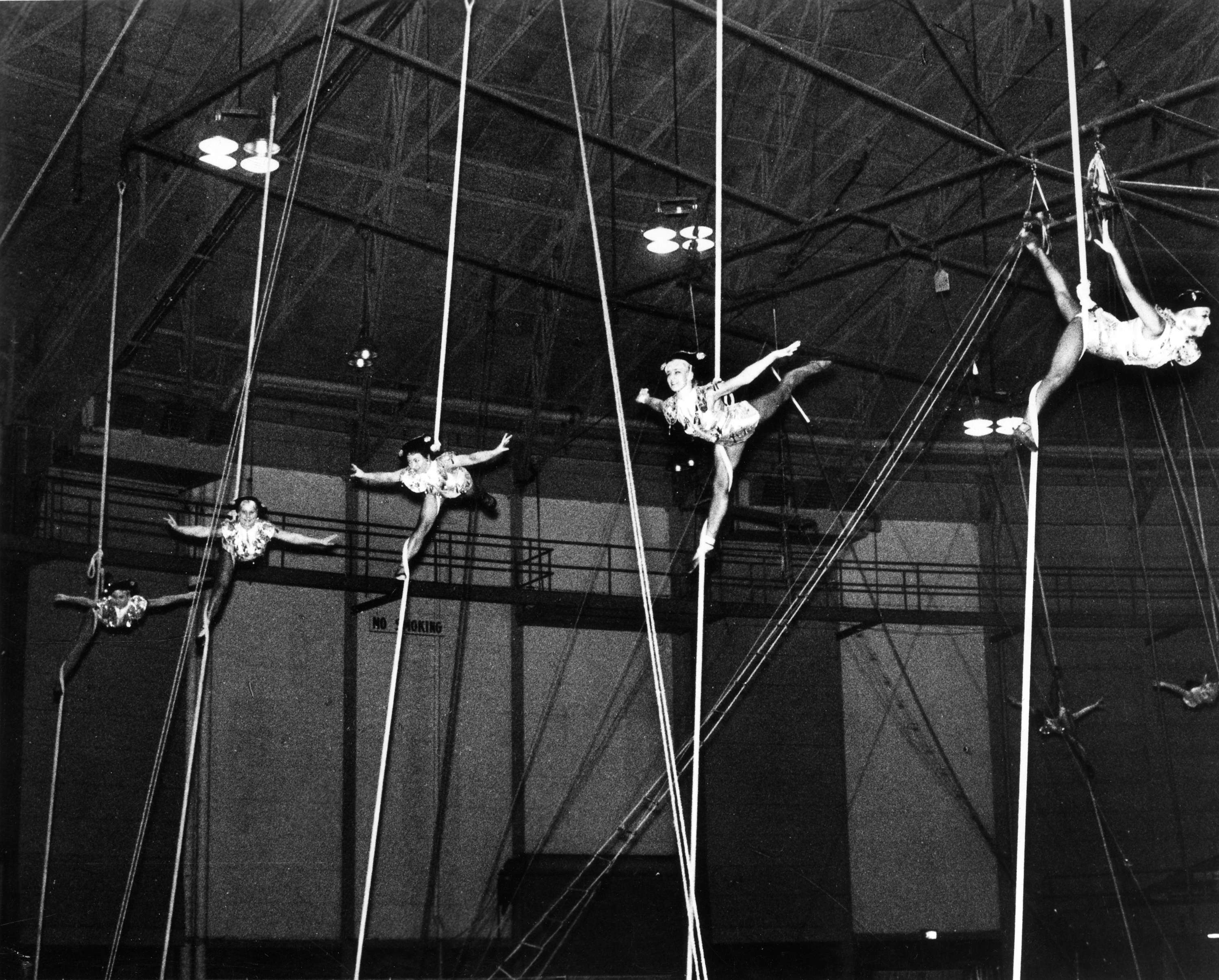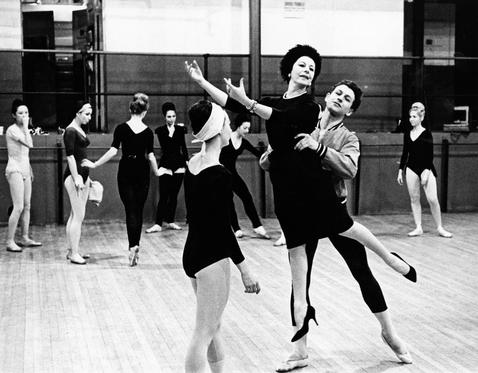FSU Heritage Protocol & University Archives, a division of Special Collections & Archives received a donation from The Pride Student Union in June 2013. The donation included over five decades of history from this student organization. The history between FSU and Pride is a story of a brittle, sometimes broken relationship, but the passing of their records from Pride to Heritage Protocol & University Archives documents how much the relationship has massively improved.

Before the records were relocated to Heritage Protocol & University Archives, they were “sitting idle & unorganized in four file cabinets,” said former Pride Student Union Secretary Jason Miller. Now the fifty plus years of history is in its final stages of processing (archives jargon for arranging, organizing and sorting a collection) and is almost ready for public viewing.
As the processor of this collection, along with former Graduate Assistants Rebecca Bramlett (until July 2015) and Katherine Hoarn (until August 2015), I can tell you that not only has it been a complete joy to organize and arrange this history, but it has also been an educational and eye-opening experience.
This is the history of not only The Pride Student Union, which had undergone eight name changes since their formation in the late 1960s, but the history of FSU. As Jason Miller stated in a 2013 article with FSUNews news editor Blair Stokes,
“What it comes down to is making sure students at Florida State know that our history is part of Florida State’s history. Even though we aren’t the majority, we’ve always been here. Our history needs to be preserved and understood for future generations to appreciate.”
Appreciation, scholarship, stewardship and respect for the history of this student organization and their records is the way I’ve approached organizing and processing this collection. The Pride Student Union Collection contains administrative records, correspondence, events, legislation, activism, photographs, promotional materials, newspaper, journal and magazine clippings produced and collected by the student organization since the late 1960s. The collection is arranged chronologically and includes issues that affected the student organization, local LGBTQ+ organizations and the LGBTQ+ community in Florida and throughout the United States.
I cannot say enough how much of a joy and honor processing this collection has been and how much I’ve learned both professionally and personally from this experience.
Keep up with Heritage Protocol & University Archives and the Special Collections & Archives Division to see the final collection.
The Pride Student Union is going strong here at FSU and still striving to provide a safe and healthy environment for all students.

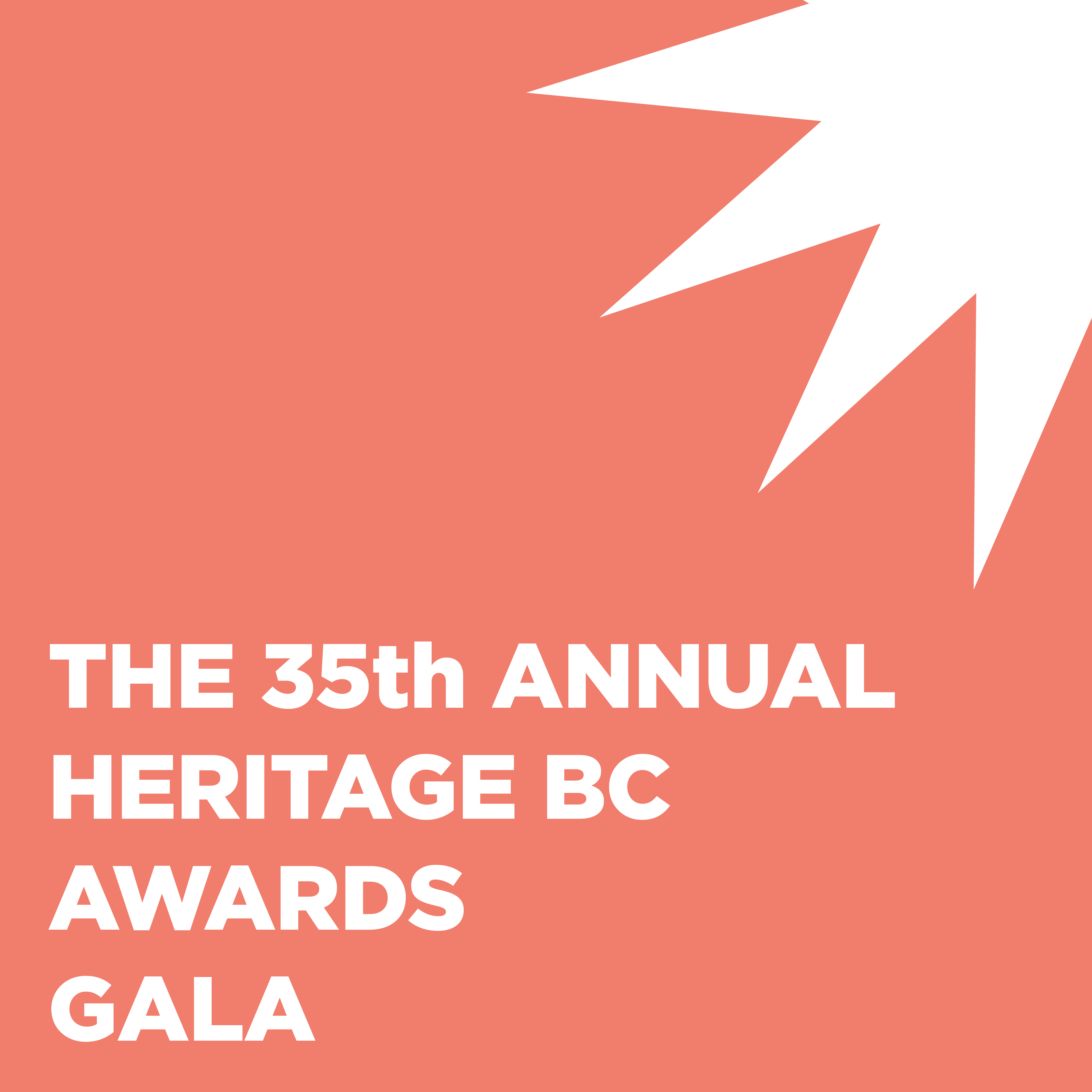

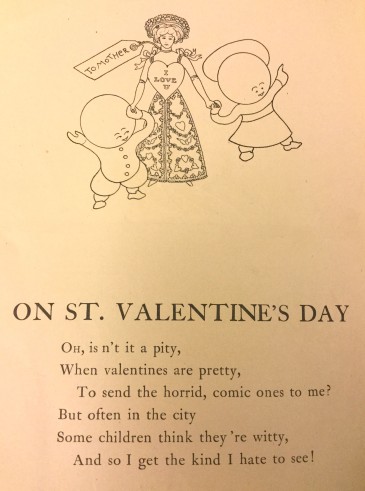









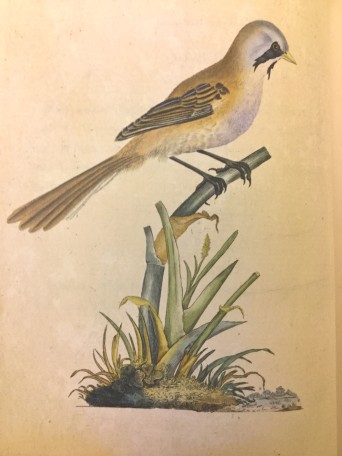







![WCSB-LHS-to-Dorry[Robbins]-1928-Aug-excerpt](https://consecratedeminence.files.wordpress.com/2016/01/wcsb-lhs-to-dorryrobbins-1928-aug-excerpt.jpg?w=509&h=114)


![On verso, Laurens wrote: "Our Fifth Form picnic. Left to right, Garbis [Nevulafian] (Armenian), Mahmoud Khalid (Moslem), Hussein Sijan (Moslem), Omar Fayid (Moslem), Hovhannes Tabourian (Armenian)"](https://consecratedeminence.files.wordpress.com/2016/01/wcsb-lhs-and-students-ca1925.jpg?w=150&h=110)



















![img_1585[1]](http://archives.wordpress.stir.ac.uk/files/2016/01/img_15851-150x150.jpg) adults and £5 for children/students. Available from
adults and £5 for children/students. Available from 


